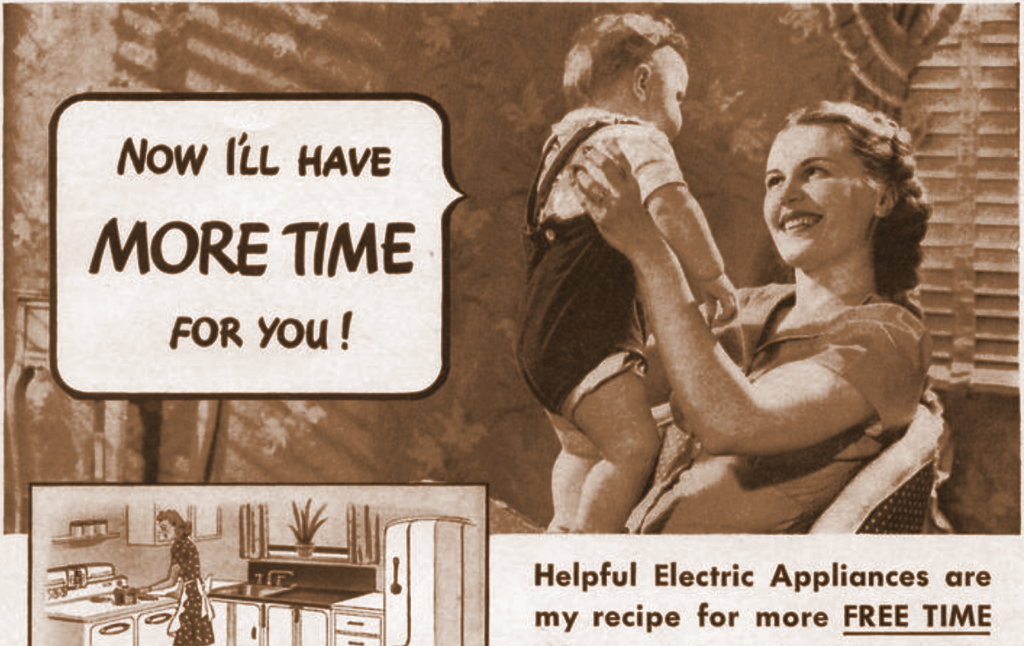Well, not actually. Maybe it can save lives somewhere else, but not here. The idea is a powerful headline to capture your attention, because I really believe in it.
Position checks helped us avoid struggles on the Nexstar project, and I strongly believe that using them can be a step forward for communication throughout Human Made.
Position checks could save dev time in a sprint, make the team’s efforts more efficient, increase the community feeling and collaboration among the whole team and reduce friction/costs related to communication, which is paramount in a completely-remote, always-looking-for-excellence, company like us.
I promise that this 10-min read will be worth it, and you’ll probably be convinced by the end of this post to start sharing position checks with your team like I do :)

this young lady shares position checks with her team – look how happy she is!
What does it mean?
The idea behind a position check is to just drop in the project’s private channel a super quick note, a few times a day (maybe when you start/stop working or find a fork in our path), informing your position to your team.
What you could include in a position check
- Something you are going to research, an answer you’re looking for
- What will be your approach for a particular task
- Why you are going to do some things
- An unforeseen chore
- An ETA
- An assumption that you made
- A path that you plan to follow
Quick examples
- Finished setting up the local env container. Trying to figure out why I get redirected to https://www.wuestpartner.com when I try to access local environment from URL https://wuest.altis.dev
- I finished #308 and opened a draft PR (link). Now I’m going to revise headlines CSS code on the production website to push some typography adjustments (#765).
- I had some personal matter to handle yesterday, so I’m still working on #989, writing up a helper function to format the dates. ETA 2 hours.
- I noticed that we don’t have a place to edit social links on admin, so I’m going to build a custom setup page for it.
- Still working on mobile logo. Not so much progress yet to show. Found that we don’t have the client’s logo in vector. PNG is in good quality from the production website, so I’ll use it. @pmname could you ask this file to the client’s designer?
- My feature is taking one minute to be displayed. I’m going to investigate duplicated queries using QM.
Useless stuff
You are probably thinking: that’s useless, we already have the daily standup as the Agile Status Report.
I know.
Position checks complement what you say on standup.
Because on stand up calls, people don’t usually chime in with ideas about what you just said, or about what you are going to do, unless you specifically ask for them.
They can also bring visibility to unforeseen tasks/chores during your day. Or improve transparency about anything.
We tested using position checks in the last HM project I was allocated to, and the results were impressive, a real step forward to better communication, which definitely contributed to the project’s success.
Quoting My Engineering Manager. I couldn’t agree more, and I won’t be able to summarise it:
Getting to see the “position check” process in effect on the Hill team has been impressive for me.
One of the biggest challenges for all of us in engineering is figuring out how to communicate well, communicate enough, and communicate the right things. We try all kinds of processes to help with this – standups, end of day notes, weekly updates – but each of these is heavy enough of a process that people fall out of the habit, and often not detailed or immediate enough to prevent problems.
Checking in right when starting a task, or when first coming to a fork in the road and deciding which path to take, is a great way to make sure that the important decisions you make are communicated clearly. It’s simple enough that it’s easy to keep up the habit, and it’s early enough to change course before getting invested in a solution if you find mistaken assumptions or better alternatives to your initial ideas.
On our first pilot project using it we found that 100% of position checks received at least one reaction from colleagues, and also that 95% of them got transformed into useful threads, with people chiming in about a colleague’s message.
As we didn’t asked people to start sharing position checks, a shout-out to Pam, which got the idea and started using it on The Hill too, helping the idea to spread to the team!
OK, what else?
- Lightning-quick – You’ll spend only two minutes writing it down, and your colleagues less than a minute to read it.
- Support welcoming – The threads started by a position check are always super objective and useful.
- Offering visibility – No surprises during the standup calls.
- Everyone in the loop – Team members get more aware of what other colleagues are doing.
- The team sticks together – People sticking together, moving in the same direction, can make magic.
A virtuous circle of collaboration
Here’s the step forward.
One of my most important beliefs is that humanity will experience a significant evolutionary leap when we find out that collaborating is much more efficient than competing. That’s why open source software has fascinated me from my first flirt with it as a teenager.
In our pilot project using position checks on HM, we found that people aren’t shy about chiming in on colleagues’ position checks. OK. And we also verified that it’s a tiny change, but which ends up creating a virtuous collaboration circle in the team that can’t be stopped.
Well, as organising a group of humans in societies is the most basic structure of our species, something that definitely made us thrive and brought us to the top of the food chain. Being able to join efforts with others, which involves a lot of empathy, is a deeply human capacity, and as a result collaboration is imprinted in our DNA.
We know that cultural frameworks like countries, neighbourhoods, families, education, companies, etc. can bring group patterns that may inspire individuals to collaborate or compete. OK. And I want to tell you that position checks are an interaction pattern that inspires collaboration in a group of people.
I’ll tell you how: It starts with you sharing a position check on the project channel. Then a colleague comes and kindly chimes in. You become grateful for that help you received, maybe because it saved you some time, or you noticed your colleague’s kindness and willingness to help you. When this person shares her/his position check on the channel, you’ll be more attentive, and also willing to help this colleague, so you chime in. Then you’ll raise in your colleague’s a sense of gratitude, collaboration, community, teamwork, and this person will be even more willing to help you next time.
That creates a strong sense of community and a virtuous circle of collaboration, which is quickly spread to the whole team.
We can find many examples of this virtuous circle of collaboration making magic things happen. I can quickly think about one: soccer.
Soccer is a 100% teamwork sport. And a successful soccer team is where we can see an example of this virtuous circle that I’m talking about – a well positioned ball received from a colleague will make the player willing to return the favour. Imagine that happening ten times, with skilled team players. Magic!

We communicate in the open
We all have different habits, cultural frameworks and backgrounds, as well as ways of seeing things. Among all of us, even considering the huge continuous effort for spreading the idea, we may not deeply share our principles and perspectives as we want as a company, as few of us had the opportunity to spend time together in teenagering, the last 10 years, the last 5 years or even the last 12 months.
But we are all here now, in this beautiful kindness/performance cultural framework, looking in the same direction. A team collaborating. Making magic happen.
I learned from life that transparency makes us more human. We are imperfect. We cannot handle everything. Sometimes we even cannot handle things that people expect us to handle. And that’s OK.
There are several possible reasons a person might stop being transparent in their work:
A mistake – Doesn’t matter, anyone can fail. An action plan for fixing it as soon as possible is usually the most relevant matter. Stay calm, clearly understand what happened, accept it, stand up, shake the dust and move things to the track again.
This person may need help – We have gaps to fill in an entire lifetime. Everybody learns differently as we grow. We are all still learning some technology. Each one of us has a bunch of I-should-have-already-read-this books to read. And that’s OK.
Something unexpected happened – A person hasn’t been able to concentrate for the last two days. Or their mother-in-law was passing-by and unexpectedly arrived at their house after breakfast to discuss an important family matter. That’s also OK too, we accept late starts and we have flexible work time.
As humans, we can all find ourselves tempted to hide our work and struggles when we feel underwater. Or when we fail. Or when we get afraid of having our gaps exposed. Or when things get off-track. That’s a protection pattern from human nature.
My point is that, here on HM, transparency is the key. Like sharing in a position check that you are still getting started on something which was estimated to be done yesterday EOD. Openness is so much better than hiding problems from your colleagues. When you increase transparency over your work we thrive as a team. It doesn’t matter what has happened. We understand, as we are committed to our team’s success first.
It’s not about individuals – Teamwork success today is better than sole success tomorrow. No one should fall into this hole of having all the answers, competing for light or trying to collect the praises alone.
Fundamental human needs
To finish this post I would like to add that the group interaction pattern and virtuous collaboration circle, provided by sharing position checks, touches some of the aspects covered by the taxonomy of fundamental human needs, by Manfred Max-Neef and his work on Human Scale Development.
The image below is self explanatory.
Well, that’s it. Thanks for reading.
I hope I have convinced you about sharing position checks with your team as I do.
This post isn’t a position check, but would be great having people chiming in – any kind of feedback would be much appreciated, so we can move forward maturing this discussion.
As a bonus, here’s an example where a single position check could have saved a life. OK, I see. Here’s an example where a position check could have saved some struggle :)









